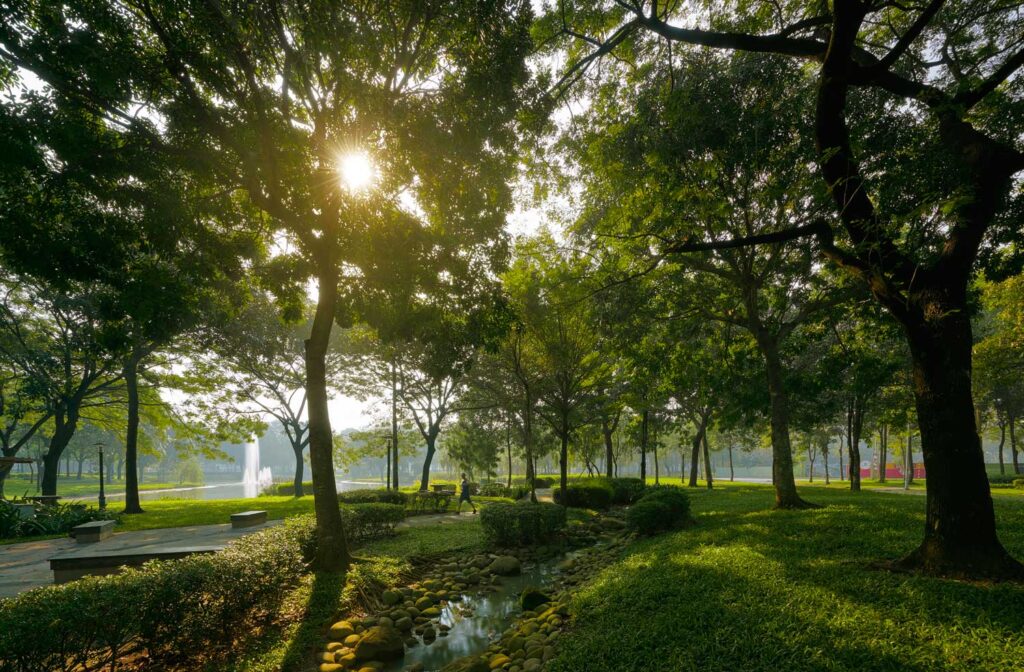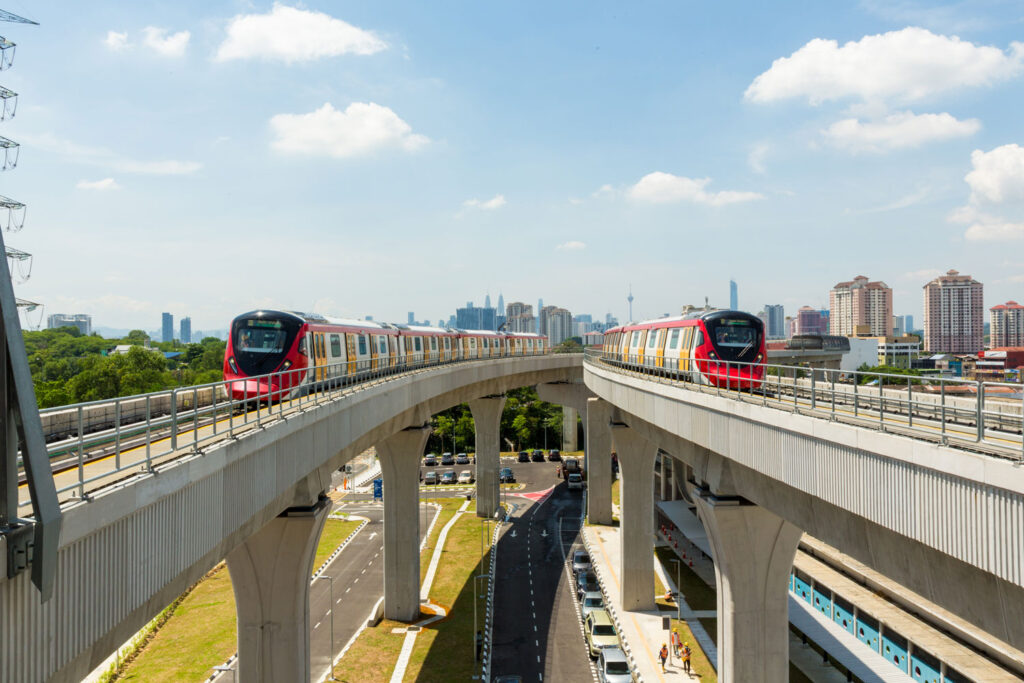Sustainability Rating Tools A Necessity Moving Forward
Climate change is the defining issue of our time. One of the main woes of climate change is carbon emissions and the construction industry is partly responsible for a significant amount of it.
Over the years, the construction industry has been implementing measures in a bid to bend the emissions curve. Among them are to build greener buildings and climate-resilient developments with innovation and technology.

At Gamuda, sustainable development is a key focus in the Gamuda Green Plan. The entire Group is committed to specific steps in reducing direct and indirect corporate greenhouse gas emissions by 30% in 2025 and 45% by 2030.
With sustainable practices increasing, evaluating the sustainability of a project has become a necessity in order to rate where it stands on the sustainability scale. This can easily be done with awareness of sustainability tools.
To create awareness on sustainability rating tools and how these can be utilised, the Master Builders Association Malaysia (MBAM) Green Technology and Sustainability Committee hosted a webinar, titled “Sustainable Rating Tools as Ways to Enhance Your Project” on 26 October 2021 with speakers from Construction Industry Development Board (CIDB), Mass Rapid Transit Corporation (MRTC), Capital Berhad and Greenscapes, who respectively shared their knowledge on sustainability among industry players.
Moderated by Gamuda’s own Group Chief Sustainability Officer, Ong Jee Lian and S. Ramesh, Assistant General Manager from IJM Corporation Berhad, this webinar helped build the knowledge of sustainable rating tools amongst contractors and supply chains.

“While being positioned as an enabler of growth in other sectors, the construction industry has long been characterised to be responsible for a significant amount of resource use and carbon emissions. Rapid economic growth and the increasing level of urbanisation have led to the extensive development of buildings and infrastructures with various aspects of construction, design, use and demolition having a significant impact on the environment,” said MBAM Vice President, Kenneth Liew during the webinar.
He added that the impact on climate change posed by constructions should not be overlooked seeing as how buildings and other structures are normally planned to last for a good 100 years and beyond. That said, there are many resources available for incorporating sustainable designs along with tools to measure carbon reduction.

The first green building rating tool – Green Building Index (GBI) – was introduced in Malaysia back in 2009. SInce then, other tools like Sustainable INFRASTAR and MyCREST came along.
Sustainable INFRASTAR, also known as the Sustainable Infrastructure Rating Tool, applies an objective and evidence-based rating system that assesses five conditions; land use planning and management, resource management, energy and water management, biodiversity and other ecosystem services, social and cultural protection, and stakeholder coordination.
This sustainable tool is an important one as it rates infrastructure such as roads, tunnels, bridges, rail transport systems, water utility services, airports, waterways, waste facilities like incinerator, sewerage pipe network, recycling plant, telecommunication networks, energy generation and distribution like power plants.
It is rated via two assessments which are Design and Design & Construction. The Design assessment portion judges the sustainability of a project during the pre-construction phase where planning and design is concerned. Meanwhile, the Design and Construction assessment portion focuses on the pre-commissioning and sustainability of project activities execution, in terms of suitable worker amenities, monitoring plan for noise, and vibration.
One of the projects that uses the Sustainable INFRASTAR tool is the Mass Rapid Transit (MRT) Putrajaya Line where MRTC participated in the CIDB INFRASTAR Design Certification Pre-Construction Stage category. It assessed the sustainability of project activities that took place during the pre-construction stage that included setting up of policies and targets during the design submission process. MMC Gamuda is the Turnkey Contractor for the MRT Putrajaya Line. In January 2021, MRT Putrajaya Line achieved a 5-star Sustainable INFRASTAR certification with a 91.23% credit percentage for the design phase.
Meanwhile, MyCREST, also known as the Malaysian Carbon Reduction and Environmental Sustainability Tool, is a rating tool that aims to guide construction industry players and stakeholders to design, construct and operate buildings that integrate low carbon and sustainable practices.
A new project that passes all criteria in relation to the design, construction, and operational and maintenance of the building will be qualified to receive the Carbon-Reduced Award Label which is approved by MyCREST. For existing buildings which can only fulfil certain aspects of the requirements can still attain the MyCREST Carbon-reduced award if it is able to score a rating of three stars and above. As an example, some of MyCREST awarded projects are Menara KKR 2, Wisma REHDA, SP Setia’s headquarters and G Tower Hotel.
Busting the myths on assessments
There is a misconception that using sustainability tools and implementing sustainable designs would ultimately incur more cost and more manpower. However, it is actually the complete opposite.
Sustainable designs cost less in the long run, even for its maintenance and operational costs. It can also be used as a tool to cultivate a cost cutting culture be it in a township, workplace or home. Extra manpower to implement and design sustainable designs are also not necessary as it can easily be done by the existing project team.
It also gives recognition to the sustainable efforts made for the development project and can help gain sustainability recognition. Sustainable projects can also act as a benchmark performance against other industry players.
While sustainable designs are not fully required for compliance in Malaysia yet, the potential benefits to be reaped are tremendous.

